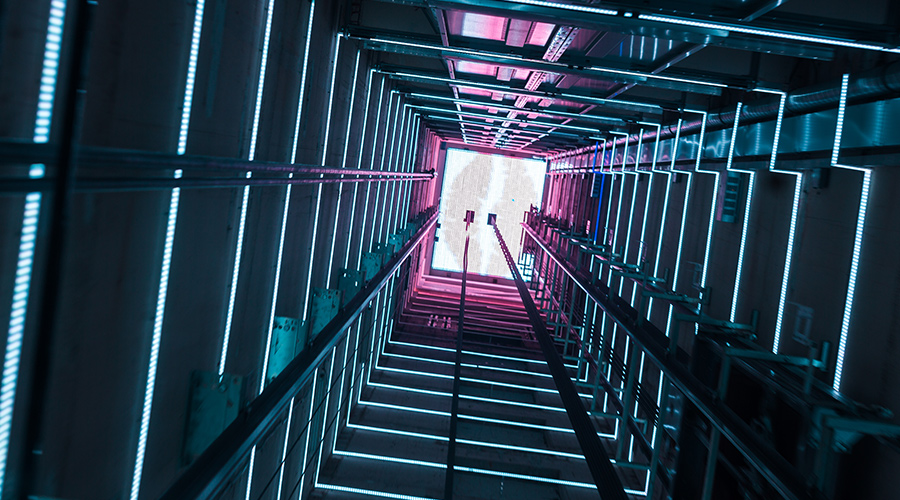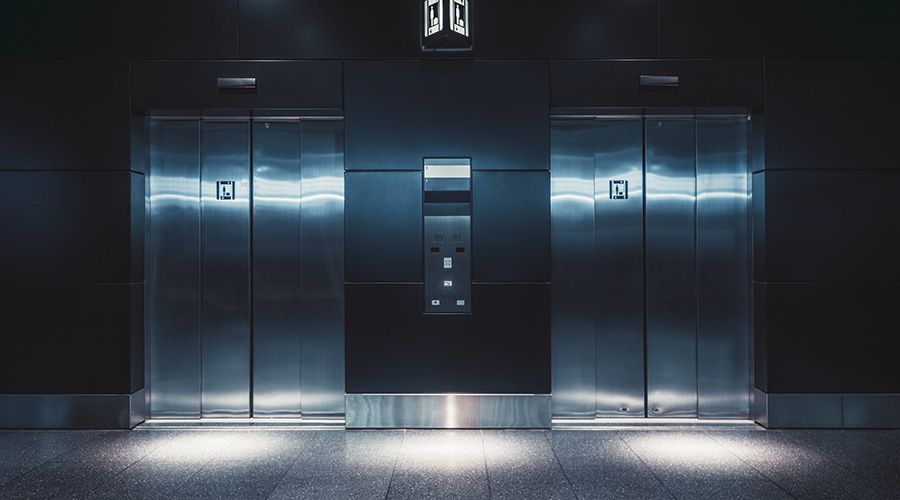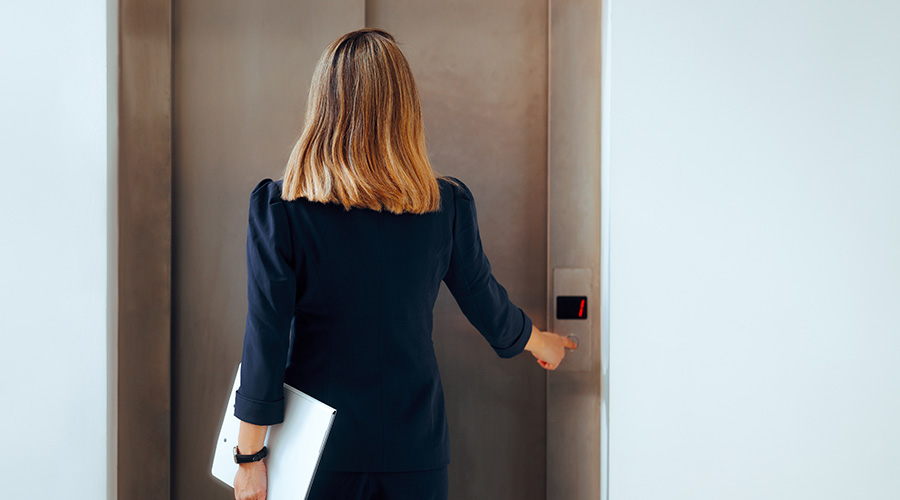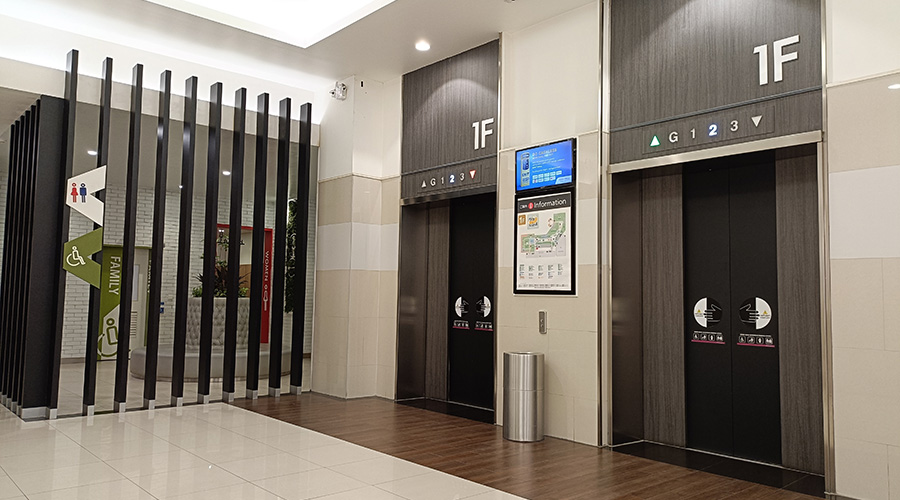Elevator Modernization Also Can Affect Electrical, HVAC Systems
Many facility managers are now replacing hydraulic elevators with new machine-room-less (MRL) elevators. This is a dramatic change to the building system and hoistway and pit envelopes. If facility managers choose this approach, it’s strongly recommended that they understand the impact this will have on the building such as:
- Hoistway pit depth
- Hoistway overhead
- Hoistway width and depth
- Structural modifications for MRL machine.
Owners with traction (cabled) elevators also have choices that can dramatically affect the cost and facility services depending on the choices made in design, whether 12 pulse silicon controlled rectified (SCR) drive, 6 pulse SCR drive with a filter, non-regenerative variable frequency drives or regenerative variable frequency drives.
These drives have a significant impact on the power supply and emergency power. Traction elevators create regenerative power. In current SCR drive applications, care must be taken to monitor harmonic distortion that may be increased following modernization. In variable frequency drives, most systems are not regenerative. That regenerative power is typically dumped into a resistor bank in the controller, significantly increasing the BTU output over systems that can send the regenerative power back to the main line power supply. Regenerative variable frequency drives are becoming more popular, but they are more expensive and careful coordination with the electrical system is critical for reliable operation when the elevator is completed.
Once facility managers resolve the scope of work and the goals for the elevator modernization, there are still code issues that must be carefully addressed. Some of those include:
- Is this elevator on emergency power now?
- How will it operate after the modernization?
- Does the machine room now require air conditioning?
- Is the present electrical system adequate for the new elevator drive system?
- Is there any non-elevator equipment in the elevator machine rooms that must be removed?
- Are there any changes to the hoistway, pit or machine room construction?
- How is the elevator connected to the fire alarm system?
The acceptance test is a vital phase of the project that helps ensure that the project complies with code and is ready to improve facility operations. Also, remember that when an elevator is taken out of service for modernization, the balance of the elevators will have to take that load. This means that they will probably break down more than they did before modernization began. Problems may get worse before they get better when modernizing a bank of elevators. This makes the maintenance program a vital part of preparing for the modernization.
Getting Help
There are many competent and reliable elevator companies in the United States. However, it must be understood that their interests may not be the same as a building owner’s. They are in business to sell their equipment and their service agreements. The simple fact is that most elevator controllers have some level of proprietary properties that will affect maintenance costs and flexibility for many years.
It is possible to end up with an elevator system that can only be maintained effectively by the original installer. This essentially allows them to charge more for maintenance and can leave a building owner zero options to change service contractors to save money, or if they are dissatisfied with the performance of the incumbent elevator service contractor.
Elevator companies are not responsible for building systems. An elevator modernization can affect other building systems, like electrical or HVAC. If an elevator modernization is designed by the elevator company, the impact on the facility can be significant. Most elevator companies will provide a facility manager with a “work by others” list. This puts the burden on the facility manager to determine if any additional work will be required due to the new elevator system. 
Patrick J. Welch, president of Vertical Transportation Excellence, manages and designs elevator, escalator, and moving walk systems; and material lifts. For the last 14 years he has been a member of the ASME A17.1 Escalator and Moving Walk and Existing Installation Maintenance and Repair subcommittees.
Related Topics:













